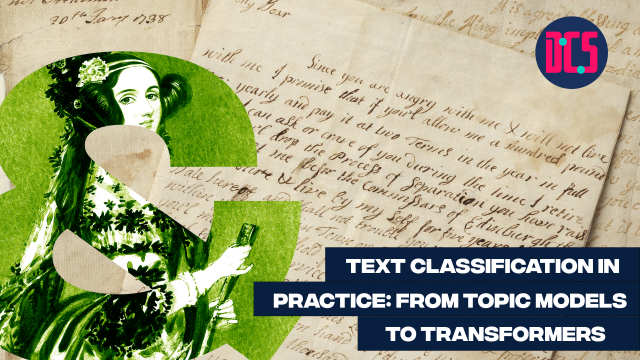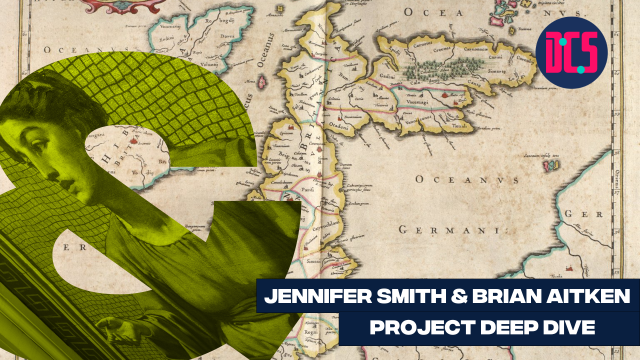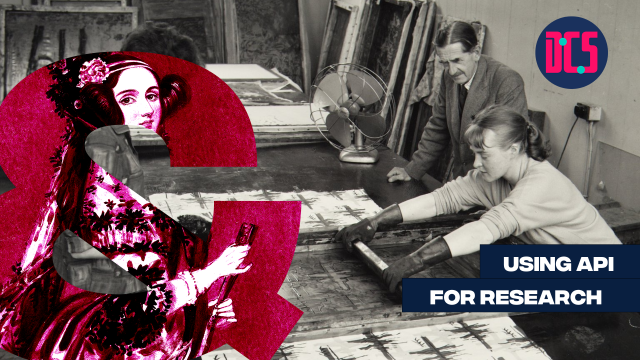Scraping Websites with R
In Person
This intermediate course will teach you how to scrape user-generated content from the internet using R. On the first day, the course will start with a theoretical introduction to web scraping and specific approaches to scraping forums. We will then select two web forums and go through the process of scraping them. On the second day, we will discuss different kinds of websites that present problems for web scraping. One example of these is websites with dynamically generated content. We will select one such website and walk through the process of collecting data from it.
This is an intermediate-level course. Students must have a basic background in R. This includes, at least the basic data types in R, how to install and load packages, and how to use functions, pipes, and apply/map functions. It will be sufficient for students to have taken the Introduction to R and RStudio course.
Those who have registered to take part will receive an email with full details on how to get ready for the course.
After taking part in this event, you may decide that you need some further help in applying what you have learnt to your research. If so, you can book a Data Surgery meeting with one of our training fellows.
More details about Data Surgeries.
If you’re new to this training event format, or to CDCS training events in general, read more on what to expect from CDCS training. Here you will also find details of our cancellation and no-show policy, which applies to this event.
This training is connected to the Legal and Ethical Issues in Web scraping training taking place on the 02nd of October.
If you're interested in other training on web scraping and text analysis you can have a look at the following:
Return to the Training Homepage to see other available events.
Digital Scholarship Centre
Digital Scholarship Centre, 6th floor
Main Library
University of Edinburgh
Edinburgh EH8 9LJ













